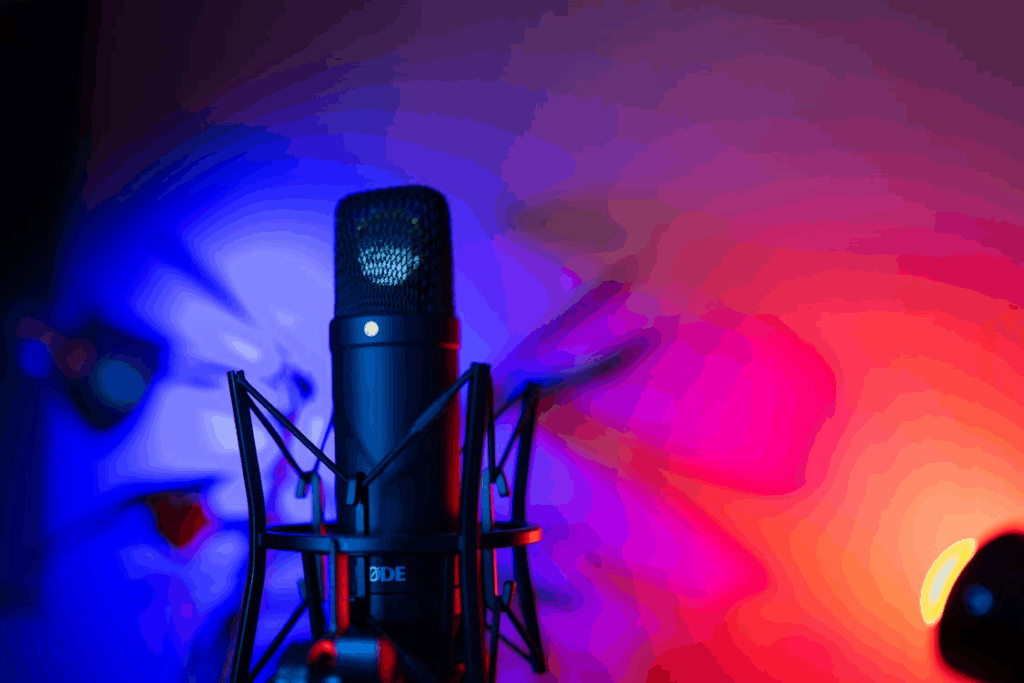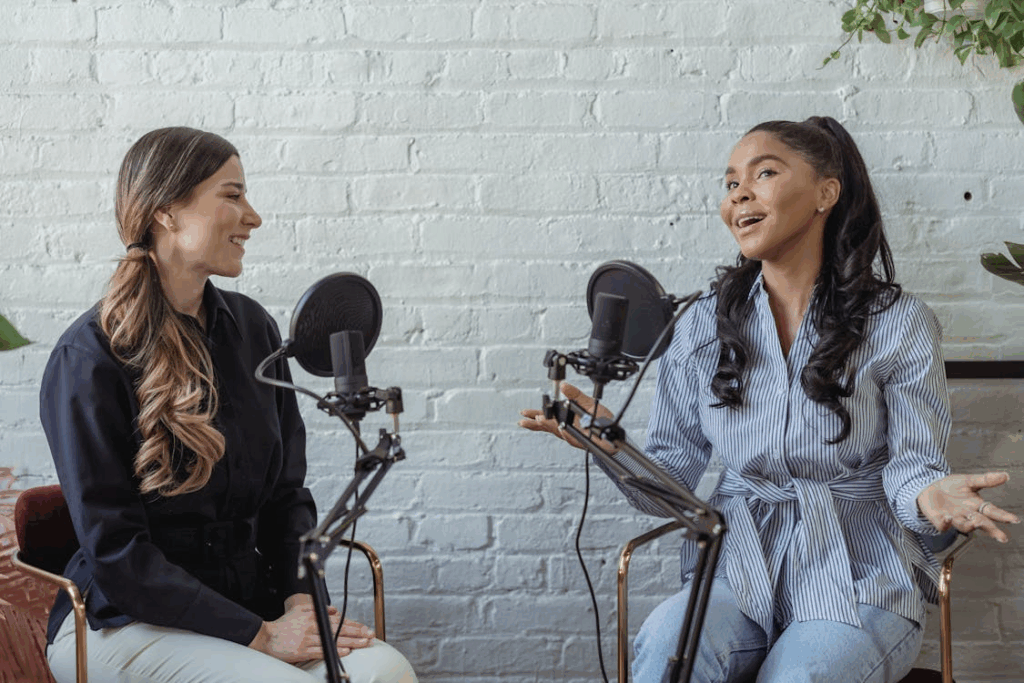Streaming has transformed more than just how we watch TV. Streaming changed storytelling itself. With millions of viewers binge-watching entire seasons over the weekend, creators no longer write for weekly anticipation, but for immersive, continuous engagement.
The rise of streaming platforms has ushered in a new era of character depth, narrative experimentation, and global reach unlike anything television has seen before.
The shift from scheduled programming to on-demand storytelling has rewritten the rules, and audiences are now in the driver’s seat.
From Cliffhangers to Continuous Flow
Traditional TV episodes were crafted to keep viewers returning week after week. Each episode needed a strong hook, a mini-resolution, and a cliffhanger to bridge the gap until the next release. Streaming disrupted that rhythm. Now, with the “Next Episode” button just seconds away, pacing has evolved.
Writers can develop slower, more complex arcs because viewers consume multiple episodes in one sitting. Storytelling has shifted from being about instant gratification to one that fosters cumulative emotional investment. This is why shows like Stranger Things or The Crown feel like long, cohesive films rather than fragmented series—they’re designed to be absorbed, not awaited.
Binge culture has blurred the boundaries between episodes, encouraging creators to think in terms of full-season narratives rather than episodic structures.
Read Why True Crime Captivates Us for a look at why suspense keeps us hooked.
The Rise of Character-Driven Narratives
Streaming’s global accessibility has allowed for a wider variety of voices, genres, and character perspectives. Freed from the constraints of broadcast formulas, creators are taking risks with storytelling depth and diversity.
Complex, morally ambiguous protagonists, such as those in Breaking Bad, The Witcher, or Succession, have become the norm. Audiences now expect characters who evolve gradually and imperfectly. Streaming allows for psychological nuance, longer backstories, and multiple intersecting plotlines that traditional TV time slots cannot accommodate.
This narrative freedom also encourages slower pacing and atmosphere-driven storytelling. Instead of racing toward plot points, creators explore emotion, tone, and theme with cinematic ambition.
Want to tell better stories across formats? See What Makes a Great Podcast?
Data-Driven Storytelling and Viewer Influence
Streaming platforms have another storytelling weapon: data. Algorithms track viewing habits, such as which audiences pause, skip, or rewatch content, informing creative decisions. This feedback loop helps platforms commission content tailored to viewer behavior.
While some argue this makes storytelling too commercial, it has also led to more audience-centric creation. The result is a broader range of stories finding success, from niche documentaries to international dramas. Shows like Money Heist and Squid Game have proven that language barriers no longer limit the reach of storytelling.
Streaming has democratized content in a way network television never could, making global storytelling accessible to everyone, everywhere.
See How to Read More Books in a Busy Life for simple ways to pace screen time.
The Future of Narrative in the Streaming Era
As streaming continues to dominate, storytelling will likely become even more interactive. Experiments like Black Mirror: Bandersnatch, where viewers choose plot directions, hint at a future that blurs the line between film, game, and audience participation.
Yet amid all this innovation, the heart of storytelling remains the same: connection. Whether episodic or binge-worthy, digital or analog, audiences still crave emotional truth. Streaming has expanded the ways we can experience it.
Stories have continuously evolved with technology, from radio to cinema to television, and beyond. Streaming is the latest evolution, and it’s reshaping not only what we watch but how we think about narrative itself.




